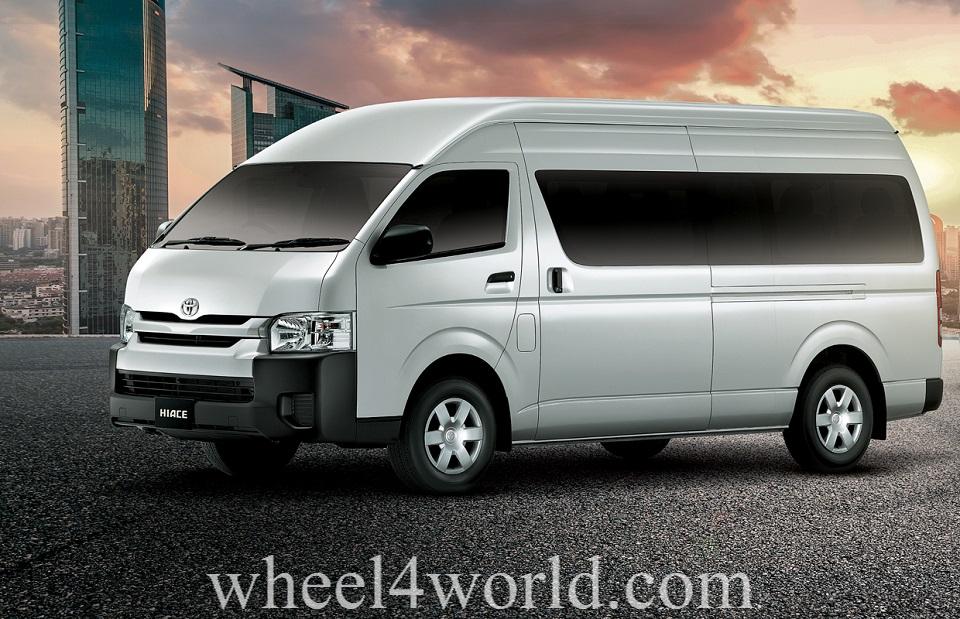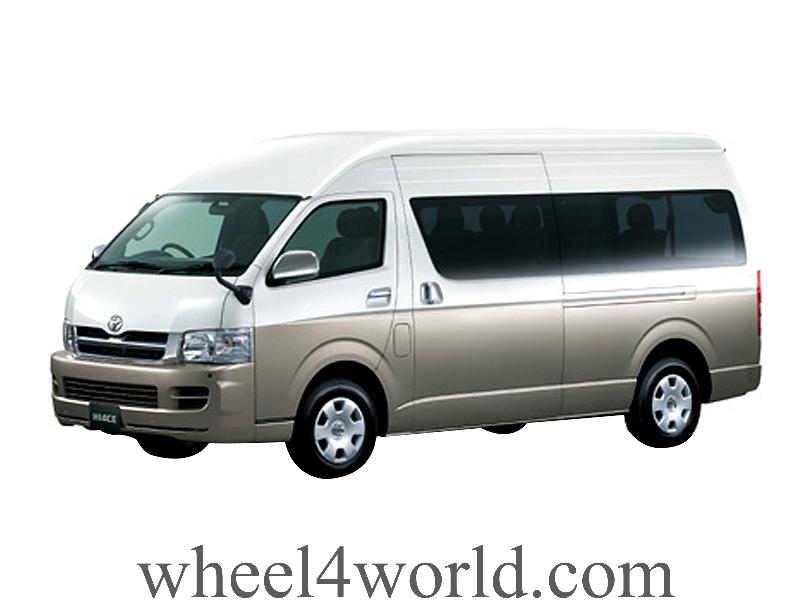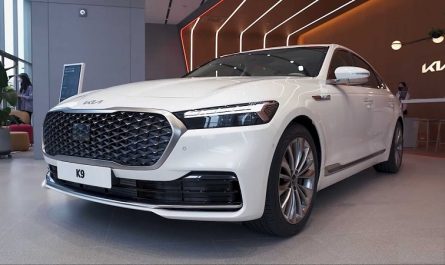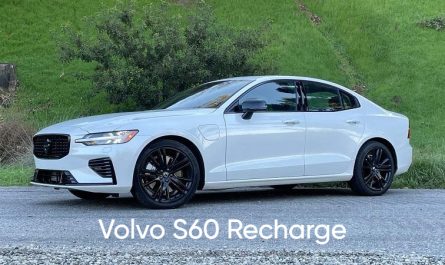Introduction
The Toyota Hiace has long been recognized as one of the most reliable and adaptable vans globally. With a history spanning over five decades since its inception in 1967, the Hiace has continually evolved to meet the changing demands of commercial enterprises, transportation services, and private users. Toyota’s commitment to enhancing its design, efficiency, and safety features has solidified Hiace’s status as a market leader in the light commercial vehicle sector.

The Hiace is known for its robust construction, spacious interior, and ability to handle various transport applications. It remains a top choice for logistics, public transportation, and executive travel due to its exceptional performance and longevity. The latest iterations incorporate modern technology and safety innovations, ensuring that the Hiace continues to be relevant in an increasingly competitive market.
Overview of the Toyota Hiace
The Toyota Hiace is a multi-purpose van engineered to cater to various transport and logistical needs. It is available in multiple configurations, including a cargo van, minibus, and commuter vehicle. Its engineering prioritizes optimal efficiency, reliability, and low maintenance costs, making it an ideal choice for both commercial and personal applications.
Toyota has continually refined the Hiace to meet the evolving needs of industries such as delivery services, tourism, and corporate transportation. The vehicle’s versatility is one of its key selling points, allowing it to be configured as an ambulance, school bus, shuttle service vehicle, and even a camper van for recreational purposes. Its adaptability is supported by a robust chassis and a powerful engine lineup designed for efficiency and performance.
Design and Structural Integrity
The contemporary design of the Toyota Hiace integrates aerodynamics with structural robustness. The van features a streamlined exterior with a bold front grille, large headlamps, and a structurally reinforced body to enhance durability. The high roof and wide door openings facilitate seamless loading and unloading, making it particularly advantageous for businesses requiring frequent cargo transportation. Additionally, its elevated ground clearance allows for smooth navigation across various terrains, ensuring reliability in diverse driving conditions.
In addition to its exterior enhancements, the Hiace’s interior layout prioritizes practicality. The spacious cabin is designed to provide comfort for both drivers and passengers, with multiple seating arrangements available. The modular nature of the Hiace allows customization for specialized applications, such as luxury travel or refrigerated cargo transport. The use of high-quality materials in the construction of the van enhances its longevity, making it an excellent long-term investment for fleet operators.
Engine Specifications and Performance
The Toyota Hiace is equipped with multiple powertrain options to accommodate different operational needs. Depending on the market, it offers both petrol and diesel engine variants, including:
- 2.8L Turbocharged Diesel Engine – This engine is well-regarded for its fuel efficiency and torque output, making it a preferred choice for commercial applications.
- 3.5L V6 Petrol Engine – This variant delivers superior power and a refined driving experience, suitable for passenger transport and high-performance requirements.
The transmission options include both manual and automatic configurations, ensuring smooth acceleration and responsive handling. The rear-wheel-drive system enhances stability, particularly under heavy-load conditions, making the Hiace a reliable asset for logistics and passenger services alike.
Toyota has also introduced hybrid and alternative fuel options in some markets, reflecting its commitment to environmental sustainability. These eco-friendly models aim to reduce emissions while maintaining the vehicle’s performance standards. Improved suspension systems and electronic driving aids further enhance ride quality, ensuring a comfortable and controlled driving experience.
Interior Comfort and Technological Advancements
The Toyota Hiace is designed with a spacious and ergonomically optimized interior to ensure driver and passenger comfort. Key interior features include:
- Ergonomic Seating – The seating configuration prioritizes support and comfort, essential for long-distance travel.
- Infotainment System – Modern variants come equipped with touchscreen displays, Bluetooth connectivity, and GPS navigation for enhanced user experience.
- Climate Control Technology – The advanced climate control system ensures a comfortable cabin environment regardless of external weather conditions.
- Optimized Storage Solutions – The Hiace is designed with ample storage compartments, allowing efficient space utilization for cargo and personal belongings.
In premium configurations, the Hiace offers additional amenities such as leather upholstery, ambient lighting, and reclining seats for enhanced passenger comfort. Advanced connectivity features, including smartphone integration and Wi-Fi capability, are also available in higher-end models. These additions make the Hiace a competitive option for executive and luxury transport services.
Safety and Driver Assistance Features
Toyota has integrated advanced safety technologies in the Hiace to meet modern safety standards. Some key safety features include:
- Toyota Safety Sense (TSS) – A comprehensive suite that includes lane departure alert, pre-collision braking, and adaptive cruise control.
- Anti-lock Braking System (ABS) – Prevents wheel lock-up during emergency braking, improving vehicle stability.
- Multiple Airbag System – Enhances occupant protection in case of a collision.
- Rearview Camera and Parking Sensors – Assist with maneuverability in tight spaces and enhance overall driving safety.
- Electronic Stability Control (ESC) – Maintains traction and stability, especially on slippery or uneven road surfaces.
In addition to these standard features, select models include blind-spot monitoring, traffic sign recognition, and automatic emergency braking. Toyota has emphasized passive and active safety measures to ensure that drivers and passengers are protected in various driving conditions. The rigid body structure of the Hiace further contributes to crashworthiness, providing additional security in the event of an accident.
Fuel Economy and Cost Efficiency
The Toyota Hiace is designed to deliver competitive fuel efficiency, particularly in its diesel variants. Its advanced engine technology optimizes fuel consumption while maintaining high performance. The aerodynamic design further contributes to reduced drag, ensuring an optimal balance between power output and economy. This efficiency translates into lower operational costs, making the Hiace a cost-effective solution for businesses and fleet operators.
Fleet managers benefit from the Hiace’s durability and lower-than-average maintenance costs. The availability of Toyota’s global service network ensures that spare parts and professional servicing are readily accessible. This long-term reliability reduces the total cost of ownership, reinforcing Hiace’s appeal to cost-conscious buyers.
Model Variants and Configurations
The Toyota Hiace is available in multiple variants to accommodate different functional requirements:
- Standard Van – Designed for cargo transportation with a spacious rear compartment.
- Commuter Van – Offers a high seating capacity, suitable for passenger transportation.
- High Roof Model – Provides additional cargo space and enhanced passenger headroom.
- Luxury Variant – Features premium interior finishes for executive transport and specialized applications.
Additional configurations, such as ambulances, mobile offices, and refrigerated vans, showcase the Hiace’s adaptability. This diversity in design allows industries across multiple sectors to benefit from Hiace’s practicality.

Evaluating the Strengths and Weaknesses
Strengths:
- Robust and durable engine performance.
- Spacious and flexible interior configurations.
- Comprehensive safety features and driver assistance technologies.
- High fuel efficiency in diesel variants.
- Low operational and maintenance costs.
- Versatile applications for commercial, transport, and personal use.
Weaknesses:
- Higher initial acquisition cost compared to competitors.
- Larger size may present parking and maneuvering challenges in urban environments.
- Some lower-spec models lack advanced infotainment and connectivity features.
Why the Toyota Hiace is a Market Leader
The Toyota Hiace’s enduring reputation for reliability, efficiency, and adaptability makes it a top contender in the commercial van sector. Businesses favor it for its logistical advantages, while transport operators appreciate its passenger comfort and safety features. Toyota’s emphasis on continuous innovation ensures that the Hiace remains at the forefront of its category, meeting the evolving demands of modern transportation needs.
Conclusion
The Toyota Hiace exemplifies the perfect balance between performance, safety, and cost-effectiveness. Whether deployed for commercial logistics, passenger commuting, or specialized transportation, the Hiace remains an outstanding choice. Toyota’s commitment to quality and engineering excellence reinforces Hiace’s position as a leader in the van segment. For those seeking a reliable, spacious, and fuel-efficient vehicle, the Toyota Hiace remains an investment worth considering.


